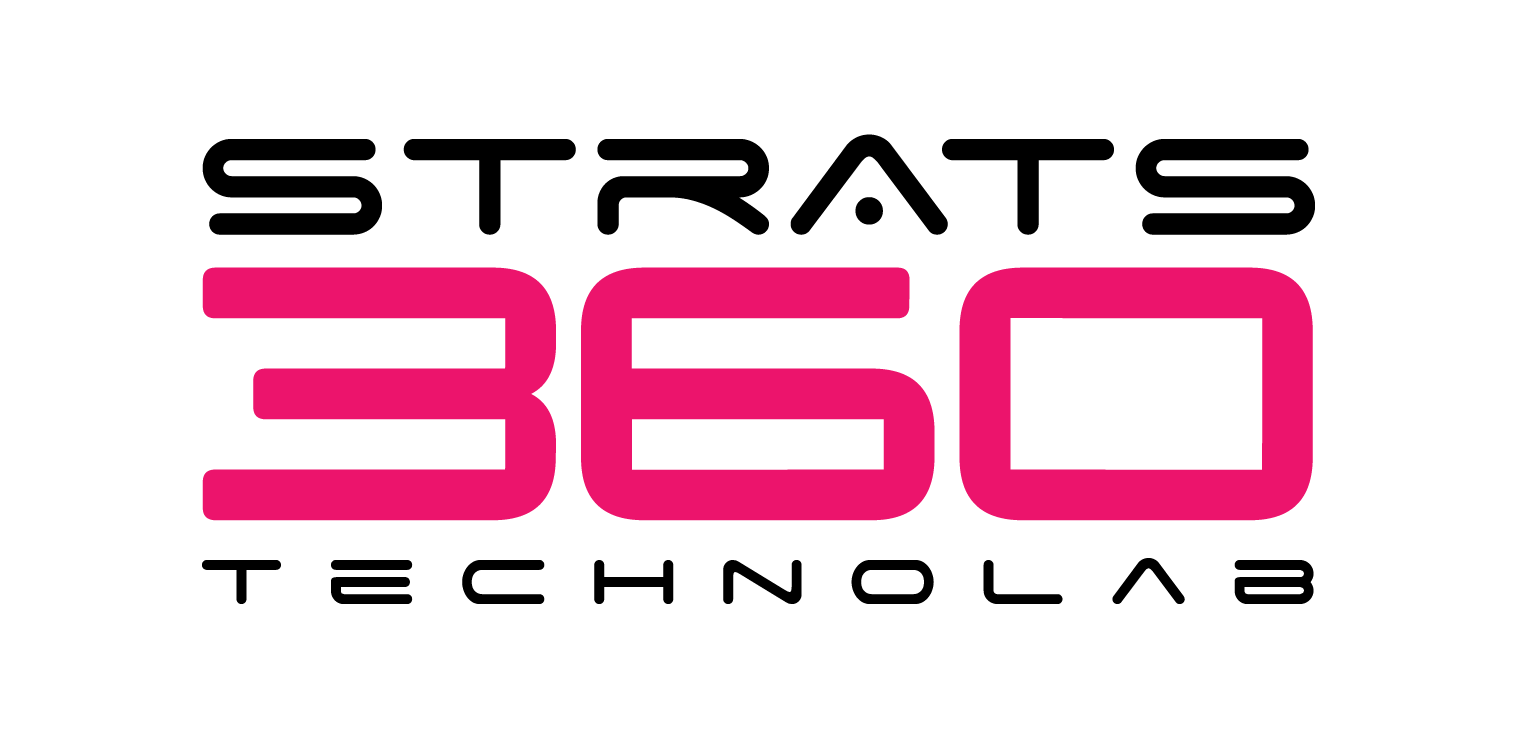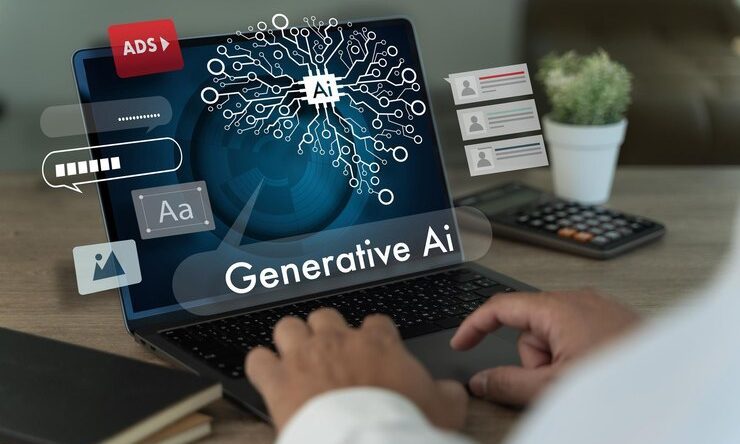The AI landscape is changing quickly, with new tools that help developers create smarter, more collaborative, and more efficient systems. Among the latest innovations are LangGraph, CrewAI, SmolAgents, Autogen, and Phidata, each tackling specific challenges in AI development. This article delves into these tools, their features, and their potential to reshape various industries.
- LangGraph: Stateful Workflows for Language Model
Purpose: LangGraph is designed to make it easier to create stateful, multi-agent applications using language models (LLMs). It builds on the popular LangChain framework, allowing developers to represent complex workflows as graphs, where nodes symbolize tasks and edges illustrate transitions.
Key Features:
– Graph-Based Architecture: Visualize and manage sequences of LLM calls, human inputs, or external tools.
– Cyclic Workflows: Supports loops and self-correction mechanisms, making it perfect for chatbots, iterative problem-solving, or dynamic decision-making.
– Integration: Works seamlessly with LangChain’s ecosystem, enabling tools like retrieval-augmented generation (RAG).Use Cases:
– Automating customer service with adaptive dialogue systems.
– Creating multi-step data processing pipelines (e.g., parsing documents, validating outputs). - CrewAI: Collaborative AI Agents for Complex Tasks
Purpose: CrewAI is all about enabling teams of specialized AI agents to collaborate, mimicking human teamwork. Each agent takes on specific roles (e.g., researcher, writer, analyst) and follows structured processes to achieve common objectives.
Key Features:
– Role-Based Agents: Assign specific responsibilities and tools to each agent.
– Process-driven: agents break down tasks, conduct research, and validate results together.
– Human-in-the-Loop: Incorporate human oversight for critical decisions.Use Cases:
– Teams create content such as articles or reports.
– Conducting business intelligence analysis across departments. - SmolAgents: Minimalist AI for Maximum Impact.
Purpose: SmolAgents focuses on simplicity, providing lightweight, single-purpose AI agents that excel in specific tasks. This is perfect for developers who value efficiency and minimal computational demands.
Key Features:
– Small-scale Design: Tailored for environments with limited resources.
– Specialization: Agents are optimized for tasks such as sentiment analysis, summarization, or data extraction.
– Easy Integration: Can be deployed through APIs or embedded directly into applications.Use Cases:
– Real-time monitoring of social media.
– Automating repetitive tasks in small business operations. - Autogen: Conversational AI for Multi-Agent Systems
Purpose: Created by Microsoft, Autogen enables the development of conversational AI systems where multiple agents work together using natural language.
Key Features:
– Autonomous Dialogue: Agents can negotiate, share information, and resolve conflicts on their own.
– Code Execution: Agents have the ability to write and run code to tackle problems (e.g., debugging, data analysis).
– Customization: Users can define agent personalities and rules for interaction.
Use Cases:
– Technical support systems that collaboratively address user issues.
– AI-assisted pair programming or automation in DevOps.
5 Phidata: Data Analysis Powered by LLM
Purpose: Phidata utilizes LLMs to analyze both structured and unstructured data, allowing users to query databases, generate insights, and create reports using natural language.
Key Features:
– SQL & Visualization: Converts natural language into SQL queries and generates charts.
– Knowledge Graphs: Structures data into interconnected knowledge bases.
– API Integration: Retrieves data from sources like Snowflake or Google Analytics.
Use Cases:
– Business intelligence dashboards are designed for non-technical users.
– Automated financial reporting or analysis of market trends.
The Bigger Picture: Trends in AI Development
These tools highlight three key trends:
– Collaboration: Multi-agent systems like CrewAI and Autogen mimic teamwork, improving problem-solving capabilities.
– Specialization: Tools such as SmolAgents and Phidata concentrate on specific tasks, enhancing overall performance.
– Accessibility: Frameworks like LangGraph simplify complexity, allowing developers to prioritize logic instead of infrastructure.
Conclusion
LangGraph, CrewAI, SmolAgents, Autogen, and Phidata signify the next generation of AI tools, focusing on modularity, collaboration, and user-friendliness. Whether it’s automating workflows, analyzing data, or facilitating AI teamwork, these tools reduce the barriers to creating advanced systems. As the field evolves, we can anticipate closer integration among these frameworks, unlocking even more powerful applications across various industries.
For developers and organizations, staying ahead now involves experimenting with these tools and rethinking the possibilities with AI.
Dr. Meenal Shah
AI & Data Science Consultant at Strats360 Technolabs LLPMeenal brings deep academic and industry expertise in artificial intelligence and machine learning. She writes about real-world AI implementations, predictive analytics, and ethical AI use in software development.




